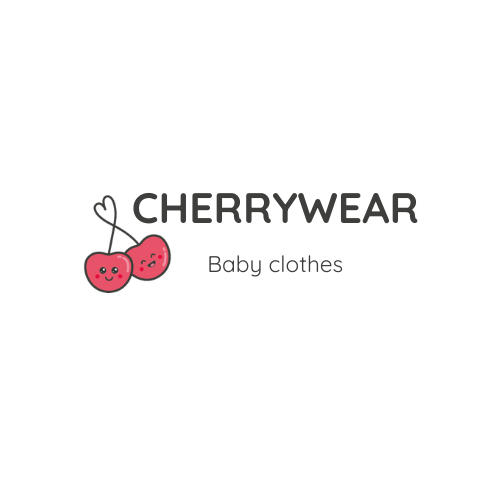Every year new clothes are being made and every year new mums are sifting through racks and racks of clothes to find the best quality clothing for an affordable price. If you're a new mum we know that you are striving to create a safe and healthy environment for your child. One often overlooked area that can impact children's well-being is their wardrobe. From the clothes they wear to the fabrics they come in contact with, there are potential sources of toxins that could affect their health. In this blog post, we'll explore ways to safeguard your child from toxins in their wardrobe, ensuring that their clothing choices contribute to their overall well-being.
- Choose Organic Fabrics:
One of the first steps in creating a toxic-free wardrobe for your child is to opt for organic fabrics. Organic cotton is grown without the use of harmful pesticides and synthetic fertilizers. Clothing labels like the GOTS (Global Organic Textile Standard) Certification help you know that a regulatory body has approved the clothing.
- Prioritize Non-Toxic Dyes:
The vibrant colors in clothing are often achieved through the use of dyes, some of which may contain harmful chemicals that can irritate your child's skin. To minimize your child's exposure to toxins, choose clothing that is dyed using natural and non-toxic dyes. Look for labels that explicitly mention the use of eco-friendly or low-impact dyes. These dyes are less likely to contain harsh chemicals that could be absorbed through your child's skin.
- Wash Clothing Before Wear:
New clothes may carry residual chemicals from the manufacturing and shipping process. To ensure that your child's wardrobe is as toxic-free as possible, make it a habit to wash new clothes before they wear them for the first time. Use a gentle, eco-friendly detergent to eliminate any lingering chemicals and reduce the risk of skin irritation.
- Avoid Flame Retardant Treatments:
Some children's clothing, particularly sleepwear, may be treated with flame retardant chemicals. While the intention is to enhance safety, these chemicals can pose health risks. Look for flame-resistant clothing that does not rely on chemical treatments, or choose snug-fitting sleepwear as an alternative, as it is often exempt from flame retardant regulations like formaldehyde.
- Opt for Minimalist Wardrobes:
Reducing the number of clothing items in your child's wardrobe not only simplifies the morning routine but also minimizes their exposure to potential toxins. Focus on quality over quantity and invest in versatile pieces that can be mixed and matched. This approach not only reduces the environmental impact but also allows you to prioritize toxin-free, high-quality clothing. If you find it too expensive to buy, Renting your baby's wardrobe is a cheaper alternative.
- Research Brands and Certifications:
When browsing for your child's clothing, take the time to research and choose brands that prioritize sustainability and use non-toxic materials. Look for certifications such as GOTS (Global Organic Textile Standard) or OEKO-TEX Standard 100, which ensure that the textiles used in the clothing meet strict environmental and human health criteria.
Conclusion:
Creating a good quality revolving wardrobe for your child requires thoughtful consideration and a commitment to making informed choices. Whether renting or buying: opt for natural fabrics, non-toxic dyes, and prioritizing environmentally conscious brands. This way, you can contribute to your child's overall health and well-being. Taking these steps not only protects your child from potential harm but also promotes a more sustainable and eco-friendly approach to clothing consumption.

